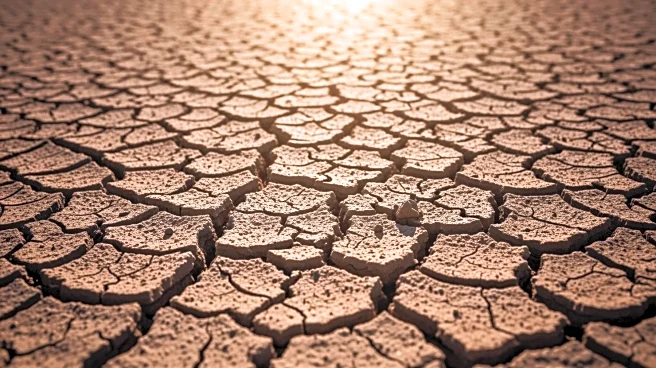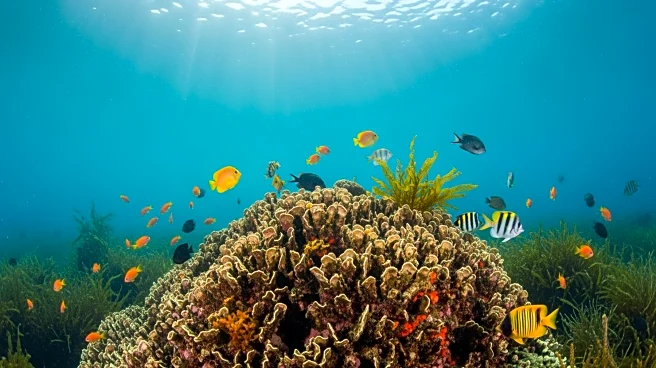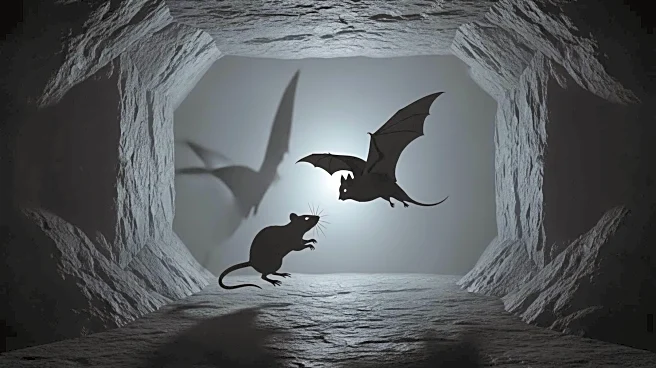What's Happening?
A new study published in the Journal of Archaeological Science suggests that invasive rats played a significant role in the deforestation of Easter Island, also known as Rapa Nui. The research indicates
that rat populations could have destroyed 95% of palm seeds, preventing forest regrowth. This challenges the long-held belief that the Rapanui people were solely responsible for the island's deforestation due to overexploitation of resources. The study, led by archaeologist Terry L. Hunt and Carl P. Lipo, presents a model showing how rat populations could have rapidly increased, consuming the seeds necessary for palm tree regeneration.
Why It's Important?
The findings of this study have implications for understanding the ecological history of Easter Island and the factors contributing to its deforestation. By highlighting the role of invasive species, the research shifts the narrative away from solely blaming human activity. This could influence conservation strategies and policies aimed at preserving ecosystems affected by invasive species. Additionally, the study contributes to broader discussions on human-environment interactions and the impact of non-native species on biodiversity.
Beyond the Headlines
The study raises ethical considerations regarding the portrayal of indigenous peoples in historical narratives. By challenging the notion that the Rapanui were solely responsible for the environmental degradation, the research prompts a reevaluation of how indigenous communities are depicted in relation to ecological changes. It also underscores the importance of considering multiple factors, including invasive species, in understanding environmental history.











